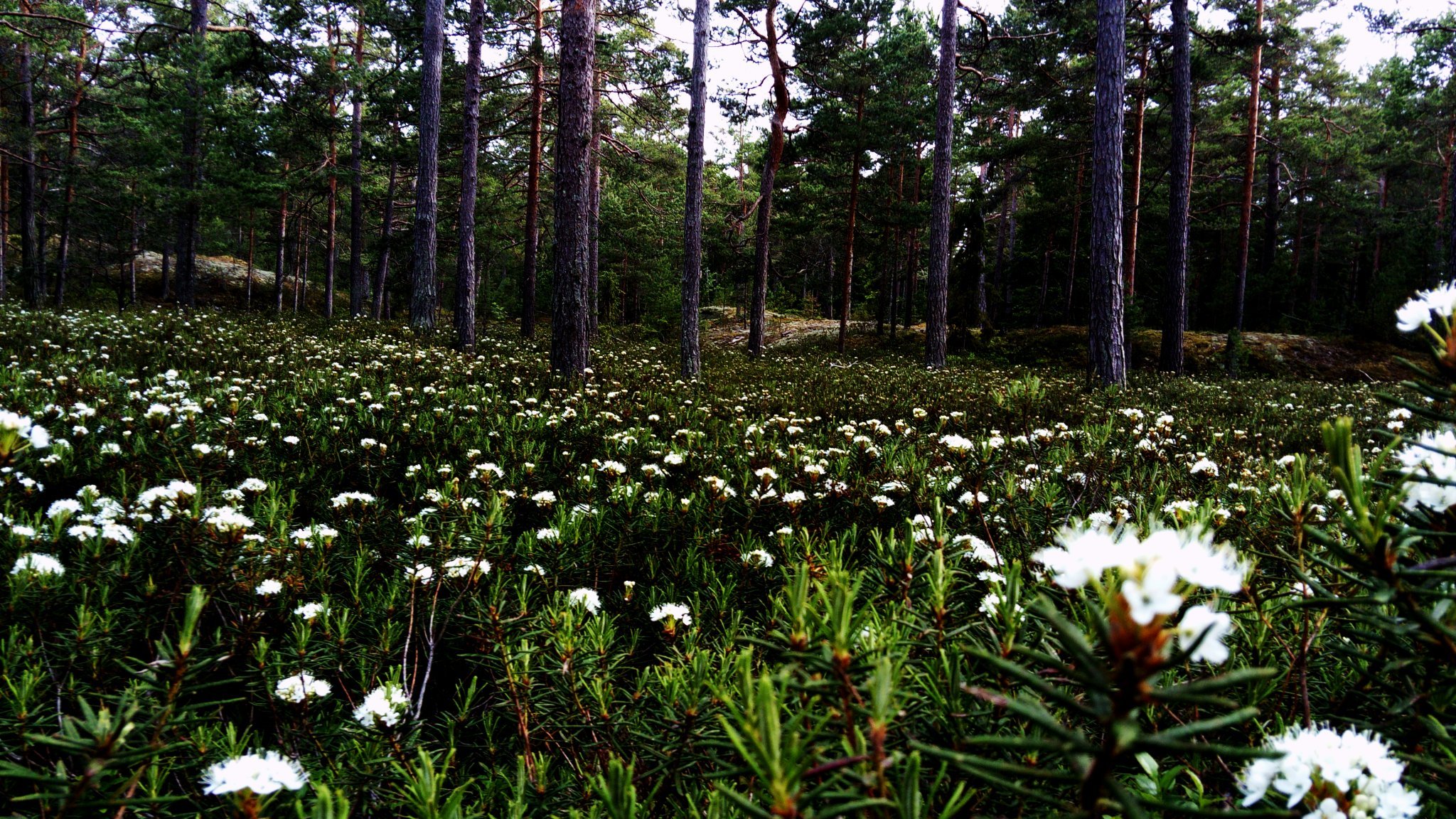Why biodiversity?

Biodiversity refers to the genetic variation of individuals within a species, the variation between different species and habitat types and landscapes. Science today confirms that the forest functions as a single large superorganism. Conservation of species is therefore in fact the basis for a well-functioning nature. A forest with preserved biodiversity has a greater resilience, and is therefore better resistant to change and disease. If a species is particularly exposed, other species can temporarily take over and the forest continues to function. Below ground level, the species communicate via root systems and fungi, they warn each other of dangers and can even come to each other's rescue via these networks. Yes, trees are a big part of the forest, but forest is so much more than what you see. (Suzanne Simard, 2019, University of British Columbia).



